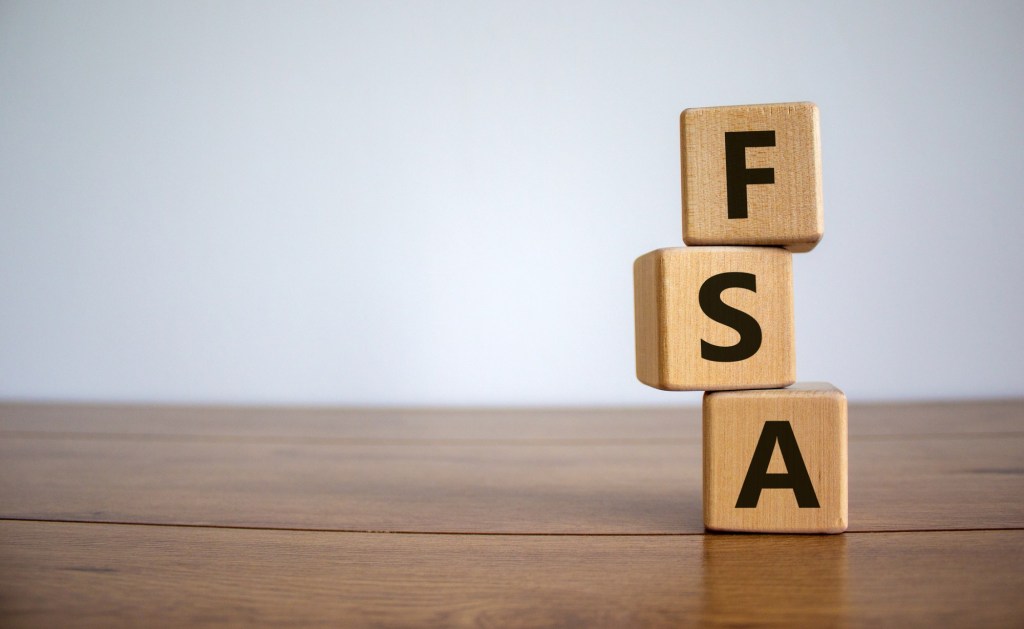
By Dani Blum | The New York Times
Have a flexible spending account? Amazon has a page for you. There you’ll find “surprisingly eligible” items you can use that money for: tampons, pimple patches, laxatives, sunscreens.
The website for Oura, which is currently running a $249 sale on its sleep-tracking rings, also notes that you can pay with FSA dollars.
Even a company called Premier Bidets advertises a way for customers to use their FSA dollars to purchase “high-quality bidet products.”
FSAs allow people to set aside money from their paychecks, pretax, that they can use for approved medical expenses. The accounts are a common workplace perk, and employers are increasingly offering them to workers. You can use an FSA card directly for health-related expenses like hearing aids or contact lenses.
But more and more wellness retailers are appealing straight to consumers — and hoping they’ll spend their FSA dollars on a growing list of products and services that go beyond traditional health expenses.
Generally speaking, the Internal Revenue Service says that medical expenses include the cost you spend trying to treat, diagnose or prevent a disease. But that definition is broad enough that companies have seized on the opportunity to insert themselves.
“There’s not this clear delineation between your health-related consumption and your consumption of other goods,” said Robert Huckman, a professor of business administration at Harvard Business School.
When a purchase is not a clear-cut medical expense, you may need a doctor’s note to justify it. Within this system, “there are loopholes that grant physicians a lot of latitude,” said Dr. Howard Forman, a professor at the Yale School of Medicine who specializes in health policy.
He has joked to students that he could write them a letter saying they needed a certain treatment to help them study, and could make “almost anything,” in theory, an FSA-eligible expense.
Massages, for example, generally are not covered — but a doctor’s note explaining that a massage can help heal a shoulder injury might help a claim go through.
Flex, recently launched a marketplace of products it says are FSA-eligible, including electrolyte droplets, red light therapy panels and “gut-healthy chili crisp” (for people with irritable bowel syndrome, the manufacturer says). The company also offers to connect customers for short consultations to determine medical necessity.
It’s not clear how often reimbursement claims are rejected. The IRS has warned that doctor’s notes aren’t always enough to qualify an item for FSA use, especially when the notes are based on self-reported information.
“Some companies are misrepresenting the circumstances under which food and wellness expenses can be paid or reimbursed under FSAs,” the agency said in a March warning.
The IRS has a FAQ — which can be found by searching irs.gov for “FSA questions” — to answer questions around what qualifies, and provide additional information on eligible expenses. For example, people can use FSA funds to pay for a gym membership for the purpose of treating a disease, such as obesity or hypertension, or for physical therapy to treat an injury — but not for improving someone’s “general health.” Someone with a diagnosed mental health condition can use funds for therapy for that issue, but not for marital counseling. But even these rules have some ambiguity baked in — exercise can benefit people with all sorts of health conditions, for example.
Roughly half of people with FSA accounts don’t spend all their funds every year and forfeit money back to their employer — returning an average of $441, according to the Employee Benefit Research Institute. Many FSA accounts require people to spend their money by Dec. 31, hence the year-end marketing blitz.
Originally Published:



